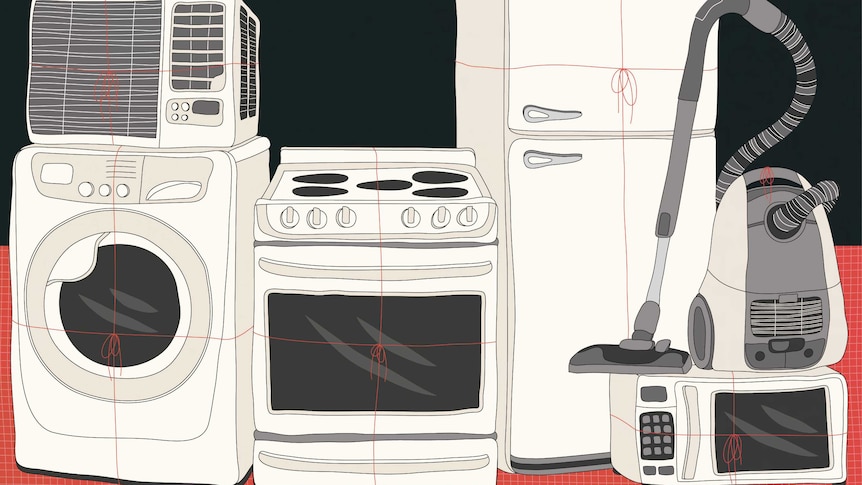
In an era where technology is advancing at an unprecedented pace, the durability of household appliances seems to be moving in the opposite direction. Many consumers are finding that their televisions, toasters, fridges, and washing machines are breaking down sooner than expected. The prevailing belief is that these appliances are intentionally designed to fail, a practice known as “planned obsolescence.” This strategy ensures that consumers are more likely to replace rather than repair their appliances, as the cost of a new purchase often undercuts the price of fixing the old one.
However, as the world becomes increasingly focused on sustainability, a grassroots movement is gaining momentum. People are choosing to repair and restore their appliances instead of discarding them. This shift is not only a rebellion against the disposable culture but also a step towards environmental responsibility.
The Rise of Repair Cafes
One of the most significant developments in this movement is the emergence of repair cafes. These community-driven spaces offer tools, expertise, and a collaborative environment for individuals to fix their broken appliances. Rowan Barr from the Lilydale Lake Repair Cafe recently discussed this initiative with Brigitte Duclos on ABC Radio Melbourne’s Afternoons, highlighting the growing trend of re-building, renovating, restoring, and reconstructing household items.
Repair cafes are more than just a place to fix things; they are a hub for community engagement and skill-sharing. Volunteers with expertise in various fields, from electronics to carpentry, guide attendees through the repair process, empowering them to tackle future problems independently.
Understanding Planned Obsolescence
The concept of planned obsolescence isn’t new. It dates back to the early 20th century when manufacturers realized that they could increase profits by reducing the lifespan of their products. This strategy was famously exemplified by the “Phoebus cartel,” a group of lightbulb manufacturers who conspired to limit the lifespan of their bulbs to 1,000 hours.
Today, the practice is more subtle but no less pervasive. Many modern appliances are designed with components that are difficult to replace or repair, pushing consumers towards new purchases. This not only burdens consumers financially but also contributes to the growing problem of electronic waste.
“The average lifespan of a washing machine has dropped from 10-12 years to just 5-7 years,” according to a study by the European Environmental Bureau.
The Environmental Impact
The environmental implications of this trend are significant. The production and disposal of appliances contribute to carbon emissions, resource depletion, and pollution. With electronic waste becoming one of the fastest-growing waste streams globally, the need for sustainable solutions is urgent.
Repair cafes offer a viable alternative by extending the life of appliances and reducing waste. They also promote a culture of sustainability and resourcefulness, encouraging consumers to think critically about their consumption habits.
Looking Ahead: The Future of Appliance Repair
As awareness of the environmental impact of planned obsolescence grows, there is hope that manufacturers will be pressured to change their practices. Some companies have already begun to offer more repairable products, responding to consumer demand for sustainability.
Meanwhile, the repair cafe movement continues to expand, with new locations opening worldwide. These spaces not only provide practical solutions for individuals but also foster a sense of community and shared purpose.
Ultimately, the fight against planned obsolescence is about more than just fixing appliances; it is about challenging a culture of disposability and advocating for a more sustainable future. As more people join this movement, the potential for meaningful change grows.







